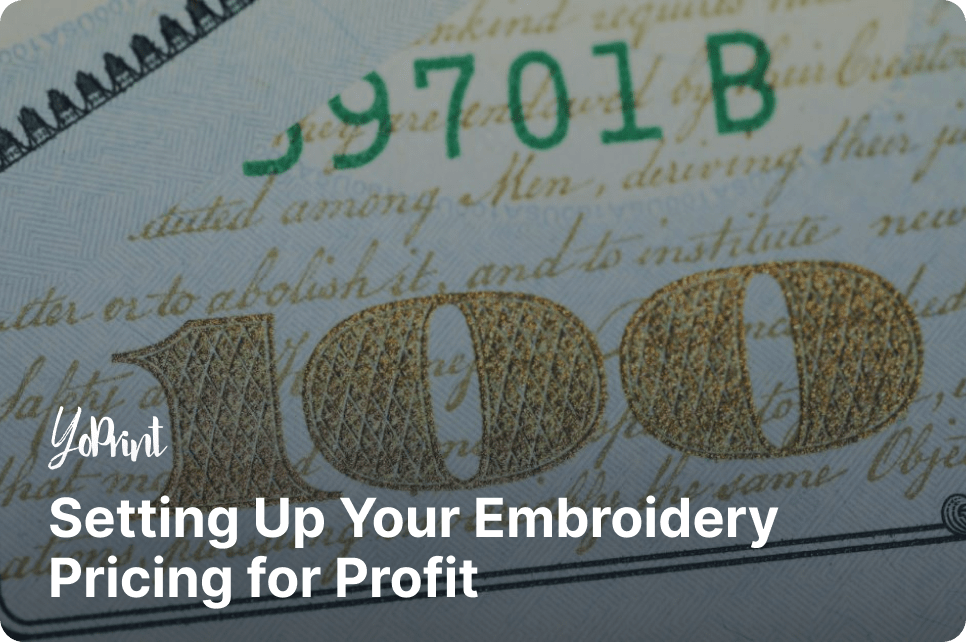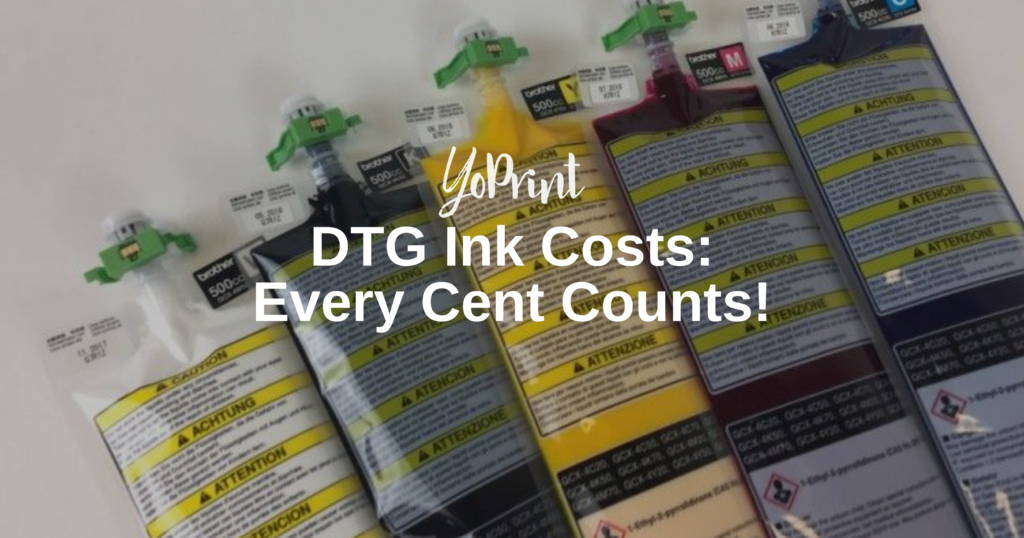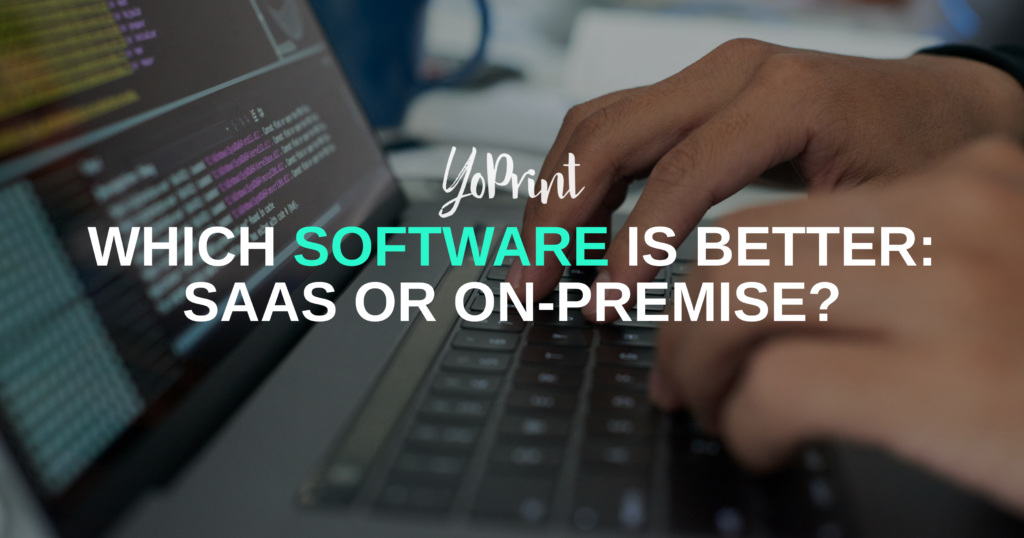Running a successful embroidery business can be a tricky thing to do. Of particular importance is how you set up your embroidery pricing for profit, especially with how costly and time-consuming embroidery can be to get from start to finish. Your embroidery machine and supplies don’t pay for themselves, after all. It’s easy to say you’ll price for profit, but how do you do that without losing customers?
Pricing Considerations
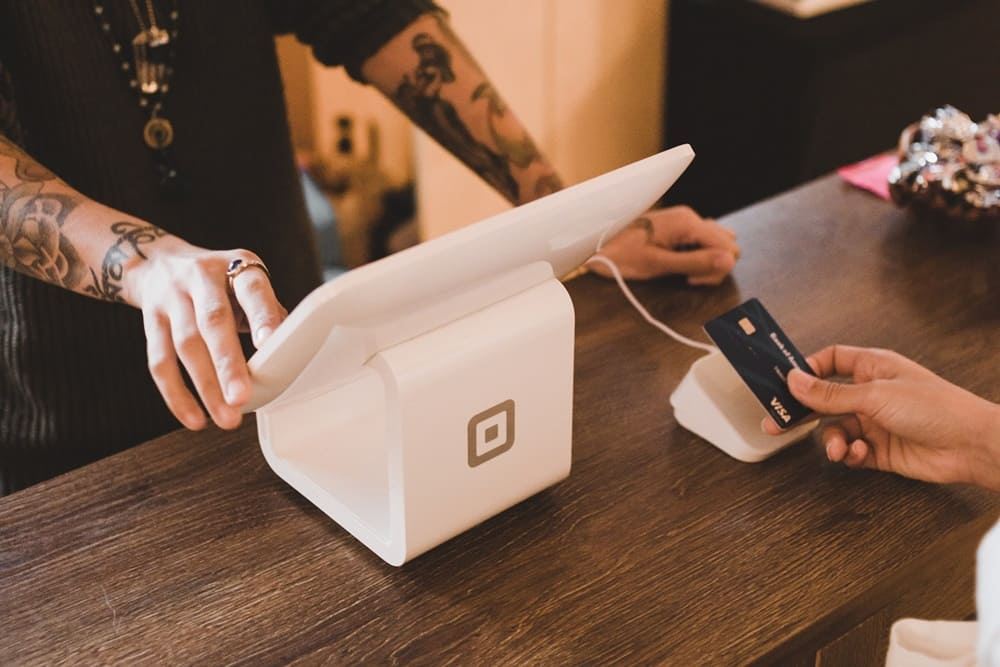
There are many aspects you’ll have to consider when planning your pricing structure. What kind of demand do you have? How long do you need to complete an order? How much will that change based on the design or the number of colors? How do you reflect your pricing in all these elements? It can get confusing quickly if you’re unsure how to calculate it for your business.
For many embroidery shops, pricing begins with the stitch count. The stitch count is essentially the number of stitches needed to embroider a design. Simply put, larger designs require higher stitch counts. The rule of thumb is to have your stitch count serve as the base price for any embroidery design a customer needs. You’ll then charge accordingly based on the design’s stitch count: the higher the stitch count, the higher your fee. We’ll dive further into stitch count pricing in a later section.
But how else can you tailor your pricing for success? It’s not just the stitch count that matters, after all. Consider the following factors and what you can do to include them in your pricing structure.
Machine Speeds
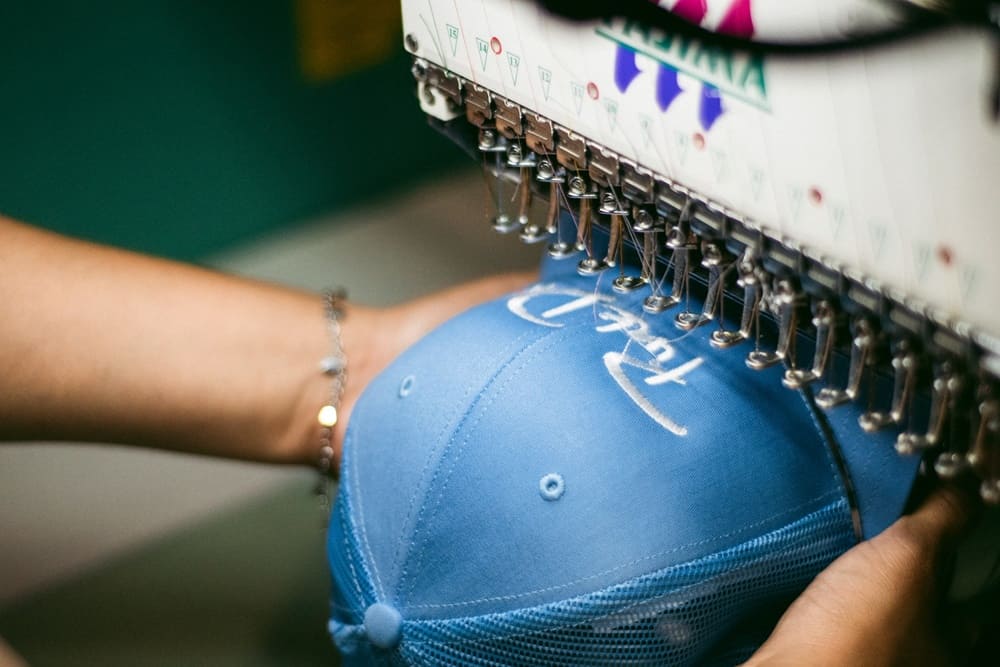
For many decorative printing methods, faster speeds (coupled with improved efficiency in automated printing machinery) can go a long way in promptly completing multiple orders. With embroidery, however, fast speeds don’t always work in your favor. In some cases, going fast can lead to issues such as thread breakage, improper stitching, and many other issues.
Customers need to understand that embroidery is a complex decorative method, requiring a great deal of finesse to ensure the design is stitched properly: every little bit counts in making a quality design. There may be points where you need to slow down the embroidery machine’s speed to get the desired effect or risk a funky-looking design that the customer obviously won’t like.
If you’re a home embroiderer with only a single-needle machine, making 60 embroidered commemorative napkins for a special occasion would undoubtedly be very time-intensive and stressful. And it doesn’t help if your customer “helpfully” suggests that you should work “faster.”
Color Count
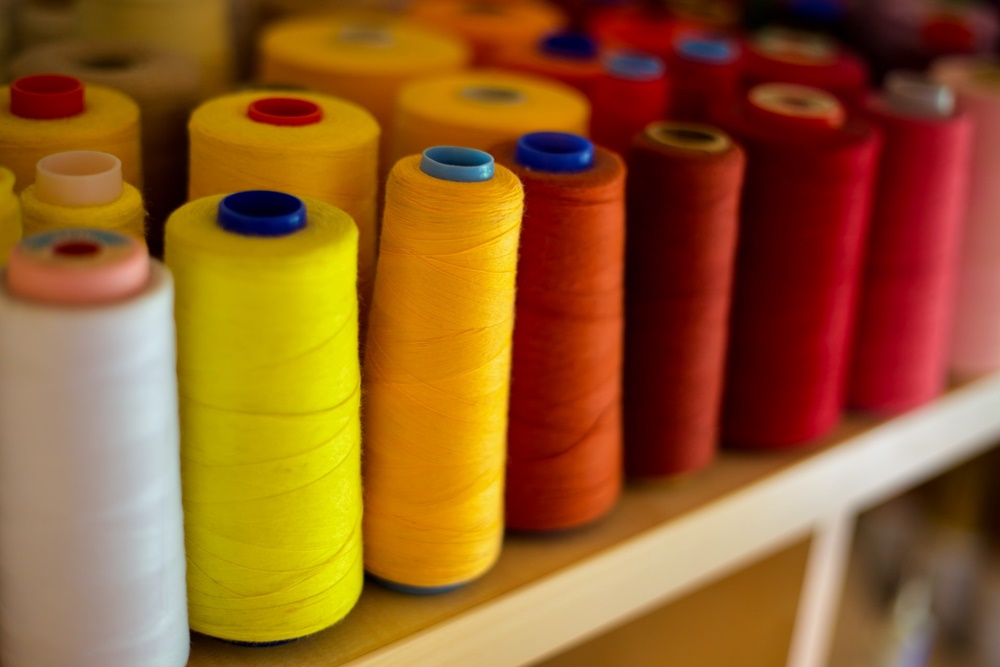
The more colors an embroidery design needs, the longer it takes to create the design. This principle applies not only to single-needle machines that require manual color thread changes but even to multi-needle machines, too. Any thread changes must be handled carefully, even if the machine does it for you. Again, this is tied to the design’s complexity, so care is required to produce an excellent-looking embroidery design.
Cost of Materials
Embroidery is one of the most costly decorative methods in terms of supplies. Compare it to the cost of screen printing, let alone direct-to-garment (DTG) supplies, and you’ll see just how much of a difference there is. It’s even more pronounced if you need to use specialty threads like silk or premium satin fabrics, which command a higher price per unit than conventional embroidery raw materials.
Premium Quality
On that note, most customers looking for embroidery work to be done want premium-quality creations. With embroidery, you can create top-notch goods that range from high-end uniforms and jerseys to luxurious towels and quilts that people will love. And people are more than willing to pay a significant sum for a high-quality embroidery product.
As it is, it’s still possible for your embroidery batches to end up with a few spoiled products; these could cost you how much the raw materials cost to acquire. With your cost of goods sold ultimately being higher than most other decorative methods, not to mention the time and effort you went through to be able to embroider like a professional, it’s only right that you charge a premium rate for what you sell.
Embroidery Time
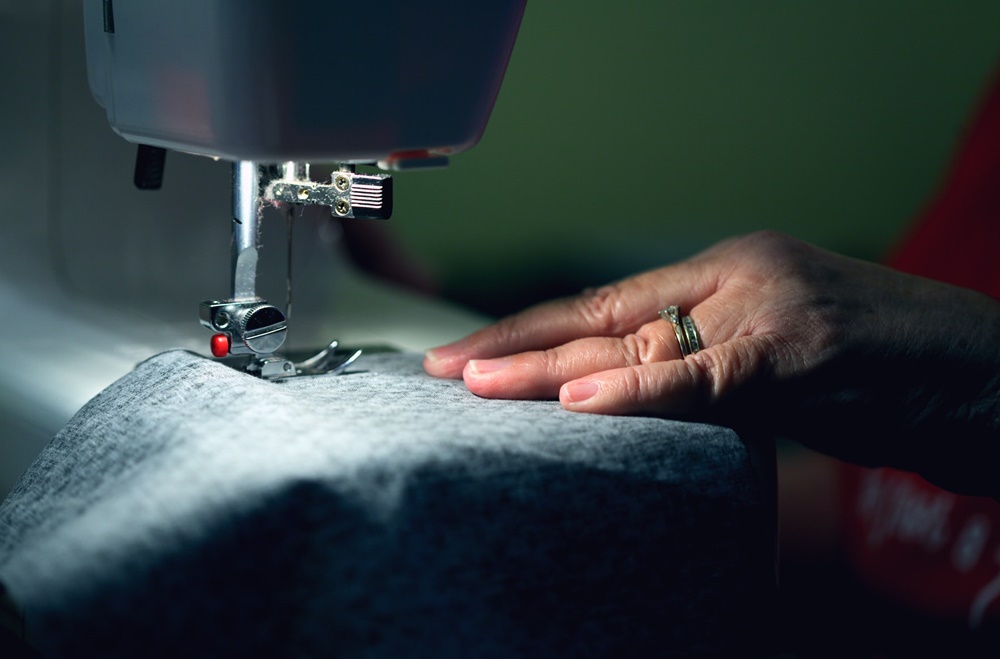
By this point, you’ll understand that your time is precious and that your customers are paying for your time and energy to create something for them. The more time it’ll take you to finish an order, whether due to a complex design that needs a variety of stitch types or delays on the customer’s part owing to changes they’d like to make, the more you should charge your customers.
Thread breakage and other complications are bound to happen even in the best times. It’s therefore critical that your customers understand your process and are informed well in advance of what they should expect from your work, not just in terms of pricing. You might offer different rate brackets for different lengths of time you work on an order, depending on the number of revisions you entitle your customer to. You can even charge extra for rush job requests.
Digitizing
The ability to digitize designs and then create top-notch embroidery designs gives you an edge over the competition. You can take a customer’s desired design and fine-tune it to create a well-stitched piece or create one from scratch per the customer’s specifications. Given how digitizing services are highly sought after, considering the amount of time and energy one’s spent to learn how to digitize designs effectively, you’ll be able to make a decent profit.
Some shops may offer a flat digitizing rate on a per-design basis. Others may have a different pricing structure based on the design’s stitch count and overall complexity.
Hooping (and Other) Fees
Given how tedious embroidery can be, some shops charge what’s known as a “hooping fee.” Basically, it’s a service fee for preparing your embroidery equipment and supplies for the customer’s order. This includes the time you need to set up your machinery, hooping items to the machines, creating the embroidery prototype for the customer to review, and the entire procurement process and shipping of completed orders.
Speaking of fees, you can wrap up all your service fees – hooping, digitizing, etc. – into each customer order and not have them as an item on the invoice, essentially including your service fees in your prices. So for an order of 50 monogrammed shirts, your overall price would be $200; within that $200 price is a $5 hooping fee at $0.10 per item.
Marking Up
Marking up your garments and products is yet another tricky thing to get used to. The simple way of getting around markup headaches is to see how your competitors price their goods and services. How much are their blanks in comparison to wholesale prices? How should you price your own items with markup? Some shops may markup prices by 20 percent, while others suggest as much as 50 percent. You can also provide various pricing options for customers for different levels of embroidery as a way to demonstrate what you’re capable of delivering for them.
Need some help with markup? We have a useful article on the subject that can help you price your products and services for profitability!
No One Formula is the Same
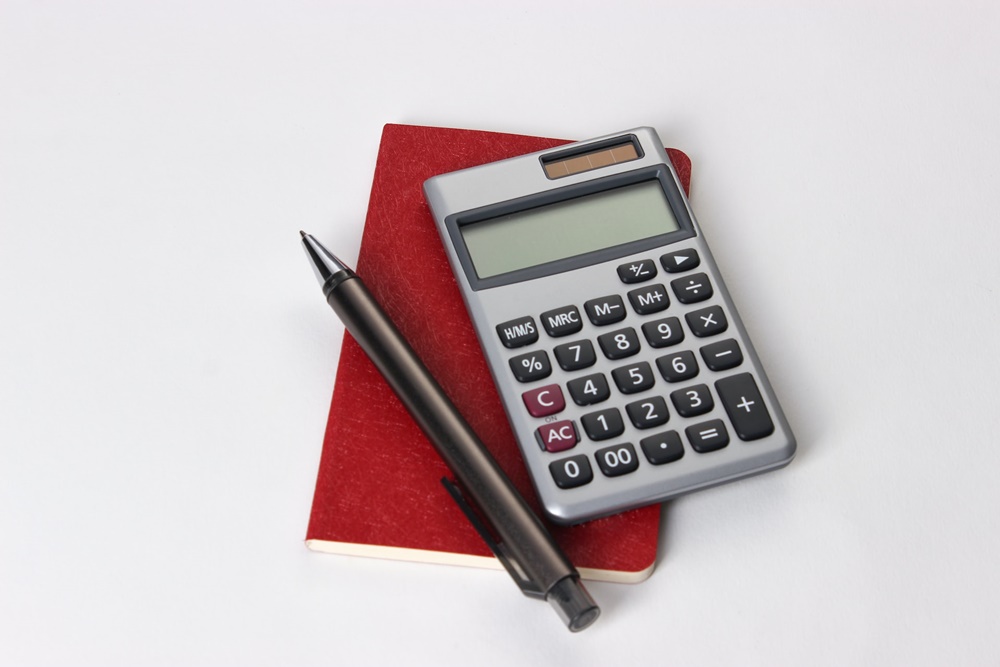
Remember that no single pricing structure is the same. You must tinker with your pricing structure to see what works best for your business. It won’t be surprising if you’ll need to make occasional adjustments as things change – sometimes, knowing what your competition offers can help you make a better offer to potential clients. Be sure not to let it affect your profitability, though!
General Pricing Models
Need some ideas? This section will highlight what many shops use to price their embroidery services.
Minimum Revenue Baseline
Regarding pricing, you’ll need to know the minimum revenue required to run a profitable embroidery business. Take note of the calculation below:
(Material Price + Overhead Costs + Labor Costs) / Time
Based on your overall expenses, you’ll be able to determine the minimum amount you need to charge to be able to run your shop. It also helps to know your breakeven point and fixed and variable prices. That way, you can markup your prices accordingly and make a decent profit with every order completed.
Hourly Rates
You could start with an ideal hourly rate to be achieved at all times: a “magic number,” so to speak. From there, you determine how many embroidery designs or garments you can make in an hour and adjust your rates accordingly. For some embroiderers, this is the simplest but also the most effective way to price your embroidery for profit without relying on the “standard” stitch count method (which we’ll cover next).
For example, let’s say your magic number is $60 per hour, and you can embroider a shirt in 10 minutes: that’s six shirts in an hour. Your price for each shirt would therefore be $10. Add your overheads and material costs (adjusted for markup) – say $10 – and you’ll sell each shirt for $20.

There are still variables you’ll need to account for in embroidering for your customers, especially the cost of materials and blanks and the total production time needed to complete each job. You can also add various fees for other complementary services that your shop offers, like digitizing. Be sure to adjust your rates with these in mind. Consider the sample below for an idea of the profitability you can expect.

Incremental Stitch Count
The “industry standard” has always been on a “per 1,000 stitches” basis. For every 1,000 stitches, you’ll charge a specific rate; as stitch counts increase, the rate also increases. This doesn’t need to be on a linear scale; you can offer preferential rates for higher stitch counts. Consider the sample rates below.
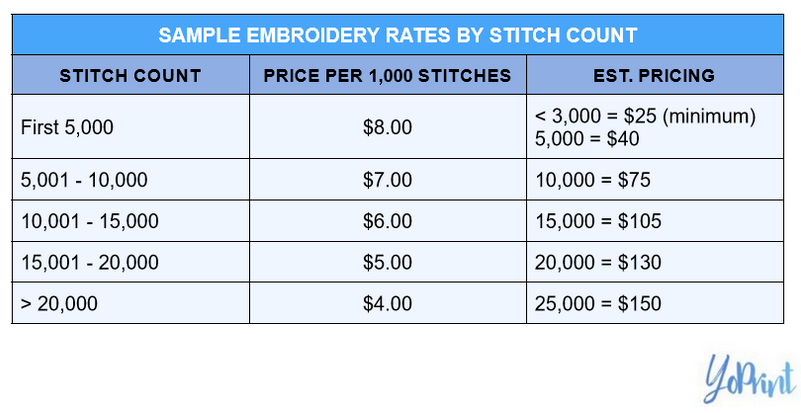
Note how the price per 1,000 stitches is rated differently. As the stitch count increases, you have different rates; this way, you’ll encourage your customers to consider the right pricing threshold for their orders. You can go with an ascending rate, where your price per 1,000 stitches increases the more stitches a design has, or stick with the descending rate pictured above.
The ascending rate is tailored to orders with small stitch counts, while the descending rate would be ideal for larger stitch counts. However, you can always adapt their respective pricing structures based on your customers’ orders.
So let’s take the sample sheet and illustrate an example: say a customer needs you to fulfill an order of 50 items with a 6,000 stitch count order. How much would you make?

The final amount also doesn’t account for the cost of your blanks and materials. Assuming you set them at $13, that’s $60 for 6,000 stitches and a total profit of $3,000. That’s a pretty sizable amount for just 50 items! Again, make sure to tailor your prices to your clientele and markup as needed.
Per Product Basis
This one’s a more math-intensive method, so get your calculator handy. First, calculate how many hours in a year your shop (ideally) operates: if you work eight hours a day, five days a week, that’s a total of 2,080 hours a year. Next, take into account your total expenses in a year: this includes your rent, equipment costs and/or lease payments, labor costs, insurance, and so forth.
Divide your total costs by the total time in hours we calculated earlier: assuming your total annual costs are $52,000, that’s $25 per hour. This is essentially how much you must charge to break even. As such, you’ll need to tweak that amount to something more viable for your print shop.

To do that, determine what profit margin you’d like to achieve. For this example, let’s say you’d ideally like to achieve an $83,200 profit margin. Divide that by your total working hours (2,080 hours), and you’ll get a $40 per hour rate: a modest $15 profit from the baseline $25 we calculated earlier.
To get the rate, you must account for how many stitches your machines can make per hour. For this example, let’s say your machines can produce between 10,000 to 20,000 stitches per hour. For the baseline price per 1,000 stitches, let’s use our initial $25 figure: if 10,000 to 20,000 stitches cost $25, then for 1,000 stitches, you’ll price it between $1.25 to $2.50 – again, this is to break even. Do the same for your $40 figure: for the same amount of stitches, for every 1,000 stitches, you’ll price it between $2 to $4.

With those figures, your ideal selling price per 1,000 stitches should be your baseline rate ($1.25 to $2.50) added to your adjusted for-profit rate ($2 to $4): you’ll get $3.25 to $6.50 (see the graphic below). For an item with 6,000 stitches, your selling price would be between $19.50 to $39.

Tinker with the figures, and you might come up with a rate that’s agreeable to your business and your customers.
Incentivizing Customers
Customer retention can be tricky to manage as competition finds new ways to attract a new audience to use their services. After all, customers don’t usually stay loyal because print shops offer them top-notch service. Besides price changes, customers can easily flock to another print shop for even the simplest of reasons. No doubt you’ve also had long-time customers move away to another print shop for various reasons.

Customers are becoming more careful with where they put their money, especially with the current state of the economy. It’s why “value-added services” are such an important component of sales: you’re incentivizing your customers to stick with you, and in return, you’ll give them excellent service, top-quality products, and more. It’s as simple as offering preferential rates or discounts on medium/large orders, but it also can mean providing after-sales support, free revisions and returns, and more.
Even the little things can leave a lasting impression on your customers, and it’s entirely possible to earn their goodwill from these simple gestures that make them feel appreciated.
Conclusion
Ultimately, how you price your embroidery boils down to how and what your customers order from you. No one solution exists, as every shop has vastly different requirements, customer temperaments, and beyond. Take your time to experiment with your pricing structure, and be sure to account for the variables in any project you take on. Are the designs complex? Do they have high stitch counts? Do the customers need it immediately? How difficult is it to embroider on certain materials or with certain threads?
Remember that embroidery is costly, given that your materials and supplies can be relatively more expensive than a similarly priced screen printing setup. It’s important to price for profit, but be smart, and you can easily grow your sales and business in record time.
